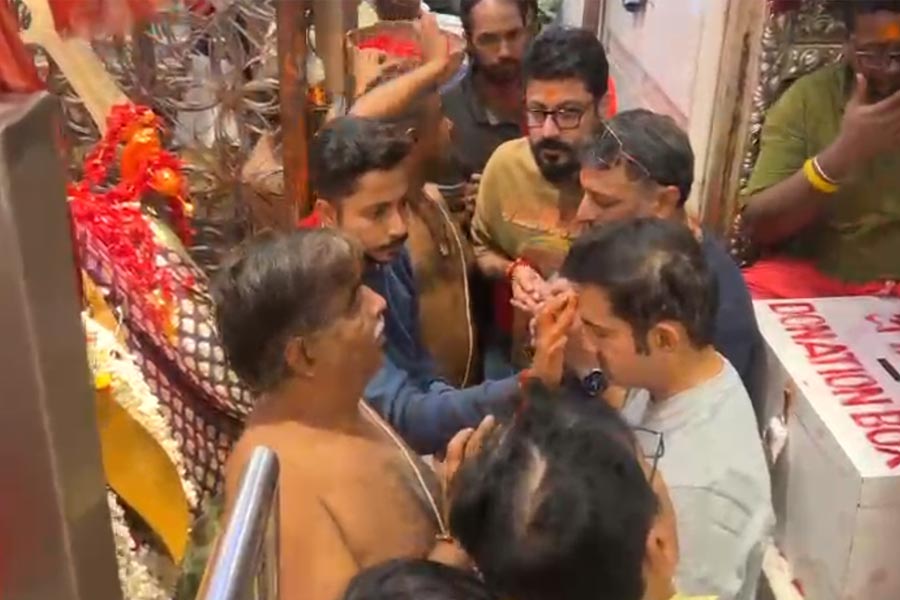At a time when identity and caste politics seem to have caused fissures in Indian society, a socio-religious movement like the Brahmo Samaj, with its respect for all religions, would have had much to offer.
Soon after the Bharatiya Janata Party returned to power in 2019, some of its supporters chose to attack Raja Ram Mohan Roy, the founder of the Brahmo Samaj, on social media. The Brahmos were alerted and a stout defence was put up online. But not much thought was given as to why supporters of Hindutva politics should come after a declining religious movement. A little soul-searching would probably have thrown up the answer: the followers of a militant brand of Hinduism had realised that the syncretic message of a reformist, monotheistic religion could dent the power of the aggressive version that they were projecting.
Most people would recollect Raja Ram Mohan Roy from their school history textbooks as the social reformer who petitioned the British and brought about the abolition of sati. Roy was a man ahead of his time who delved deeply into the different religions of the world and created a syncretic form of worship that involved the Vedas whilst incorporating the monotheism of the Abrahamic faiths. It is a matter of speculation whether Roy, given his deep interest in and study of Islam, was in some way influenced by Akbar’s Din-i-ilahi, which also attempted to combine elements from different religions. But the similarity probably ends here. Whilst Akbar tried to impose Din-i-ilahi as a State religion, entry to the Brahmo Samaj was purely voluntary.
Brahmo religion khatre mein hain seems to make more sense than Hinduism being at risk. Since its inception, the Brahmo movement, despite its impact on Indian society, failed to garner mass support. It was perceived to be an elitist faith that did not involve paying obeisance to an idol. Over a period of time, there was a perception that the Hindu religion provided greater spiritual comfort and sustenance vis-à-vis the Brahmo religion, which is completely devoid of any kind of ritualism. This has been further exacerbated in recent times by temple runs by politicians and militant religious cries. It appears that the average Hindu has started to feel the need to display his religion on his sleeve. Brahmoism’s decline could also be laid at the doorstep of the urbanisation and the modernisation of Indian society that created a shift from traditional structures of worship. The rise of the Indian nationalist movement could have also turned the focus away from niche religions like the Brahmo Samaj, which had its genesis in Bengal but did spread to other parts of India because of its anti-caste message.
Like the Veerashaiva anti-caste movement spearheaded by Basava in Karnataka, the Brahmo Samaj focused on social reform whilst challenging traditional hierarchies in an attempt to develop an egalitarian approach to the way that one worshipped. The followers of Basava, the Lingayats, are a dominant force in Karnataka. But they seem to have largely aligned themselves with the political agenda of the right-wing. This is probably linked to a perceived threat to their identity as well as a desire to wield power and influence.
The partition of Bengal, which sharply polarised Hindus and Muslims, also resulted in the rise of communal politics. The emphasis on religious tolerance and inter-faith harmony, the hallmarks of the Brahmo movement, might have been delivered a body blow. The Brahmo Samaj’s message of inclusivity could have been viewed as weak, or even treacherous, by the then Hindus who had started to drift towards the Hindu nationalist movement. Perhaps Brahmos themselves started being influenced by identity politics.
The fate of socio-religious movements may have a lot to do with the torch-bearers who follow their founders. Schisms between them could well spell changes or even decline. The Brahmo Samaj is a case in point.
Melanie P. Kumar is a Bengaluru-based independent writer











